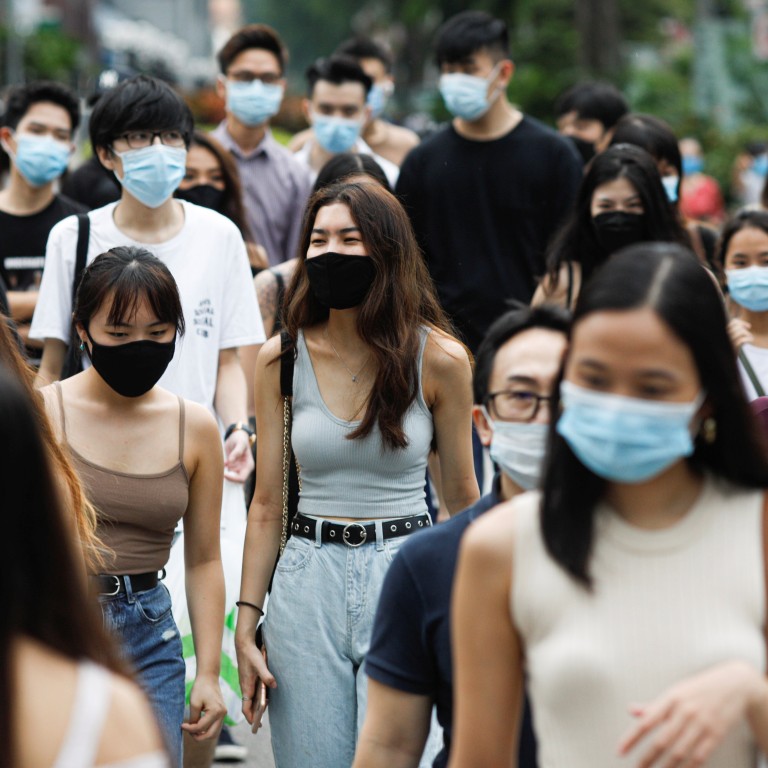
Young Singaporeans are ready to talk about race. Are their parents?
- In a land where racial harmony has long been closely managed by the government, a social media generation seeks a more open debate
- Older people may share their aspirations, but they say idealism should be tempered with education, and openness doesn’t mean no boundaries
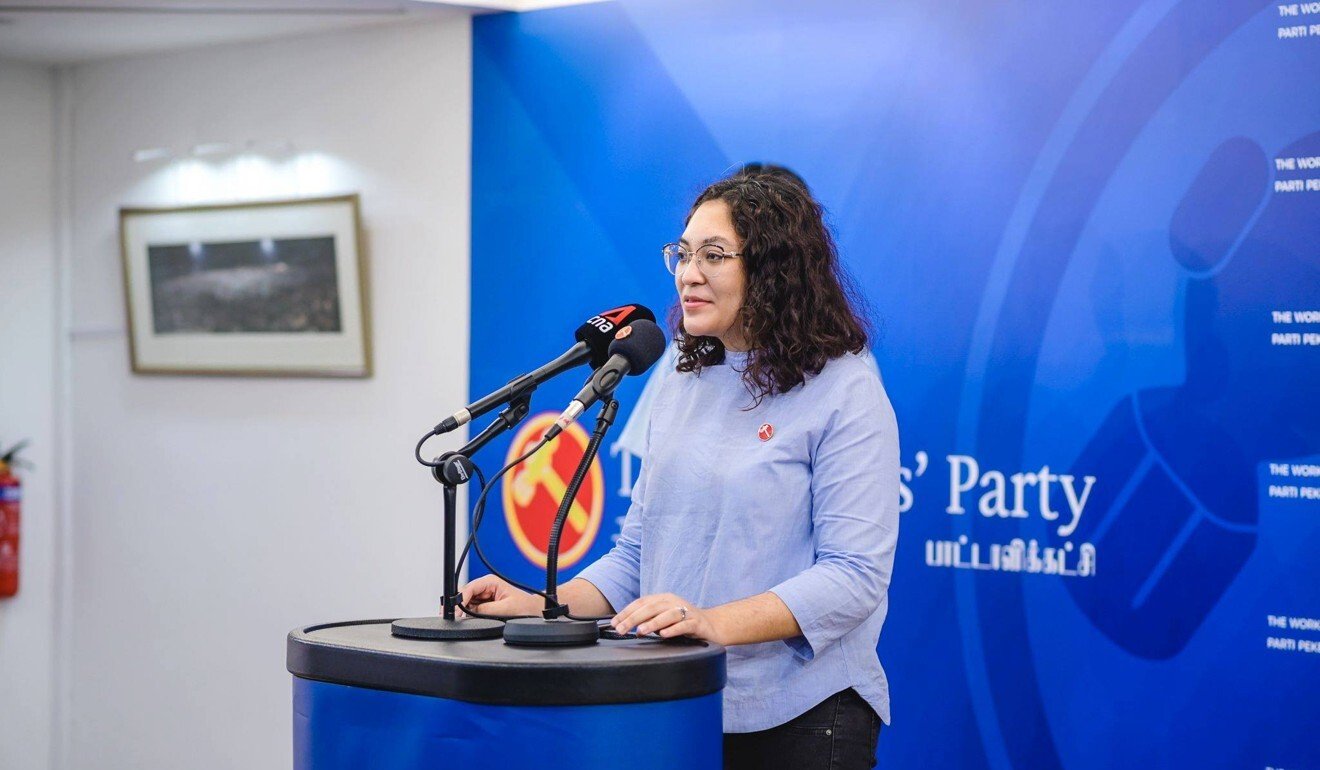
Khan’s posts and the police investigation polled as one of the top 10 stories of the election, according to two polls conducted by Blackbox Research. Khan, who contested the Sengkang group representation constituency with three other members, eventually became the youngest candidate to win a seat in parliament.
Singapore broadcaster slammed for gay character’s portrayal
How these new desires are acknowledged and fulfilled will be of global interest, they add, given the recognition accorded to Singapore’s efforts to promote racial integration and multiculturalism.
Assistant Professor Walid Jumblatt Abdullah, a political scientist from Nanyang Technological University (NTU), said: “I think from the events of the past years, what is clear is also that younger people want the government to adopt a softer approach towards race, and not go hard on critics or people who have been deemed to cross the line on racial matters.”
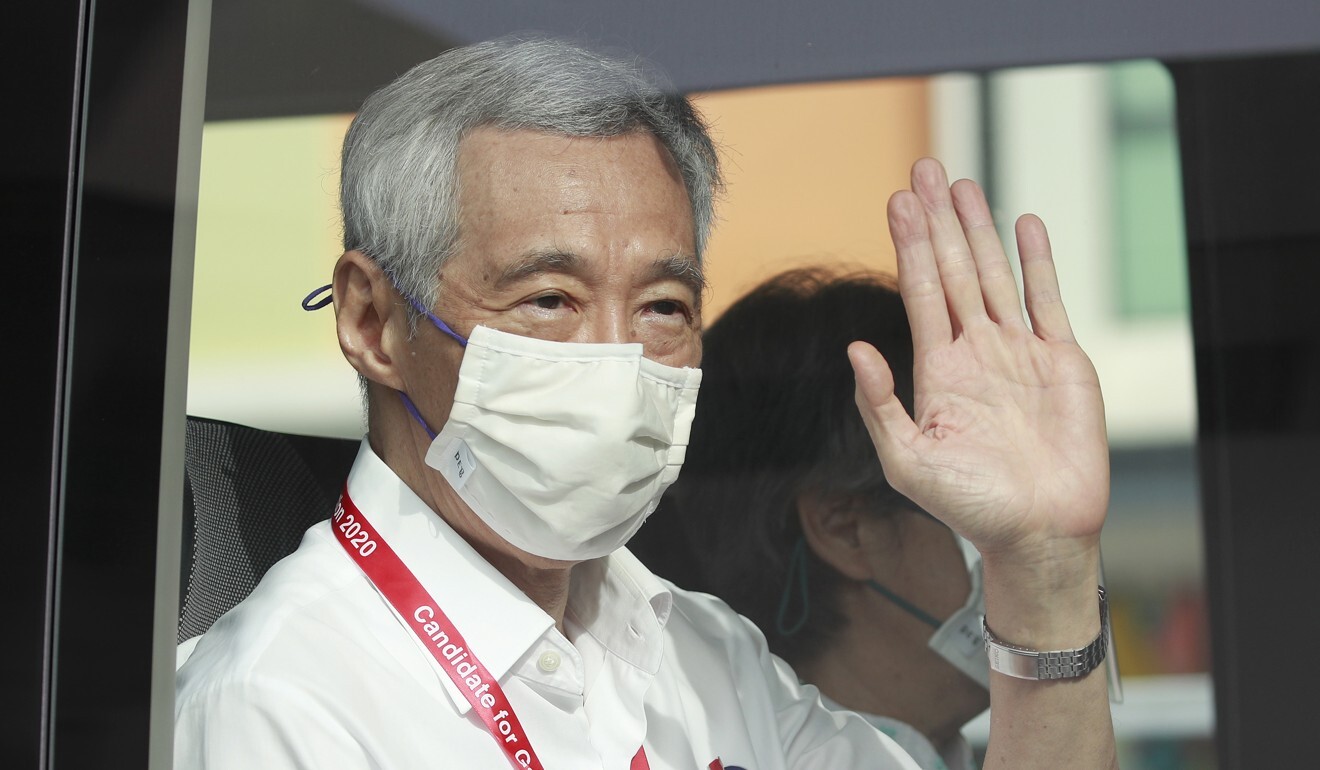
“The world has changed, attitudes have changed, younger people have a different perspective … which we have to take into account because young people will one day inherit Singapore,” said Lee.
His fellow politician Nadia Ahmad Samdin, 30, said younger people wanted to go beyond “this concept of tolerance, or racial harmony”.
“They are willing to have uncomfortable conversations, or conversations that may make some segment of the population feel uncomfortable, and they’re brave enough to do so and I think it’s good that this kind of new norm is being forged,” she said, according to a report in the Today newspaper.
SHIFTING BOUNDARIES
L Sharvesh, 23, is the co-founder of Minority Voices, a page on Instagram that highlights examples of racism and discrimination reported by minorities in Singapore. He is among those who believes “anything and everything can and should be discussed” when it comes to race and religion.
Zulkifli Baharudin, 60, a former nominated member of parliament, said he shared these aspirations of young Singaporeans to be colour-blind, “but idealism must be tempered with a very grounded political education”. Youth must understand how Singapore was founded and the trade-offs made to allow for the peaceful race relations that now exist, he said.
Singaporean influencer under fire for accusing politician of stirring racism
“These issues can be exploited politically or otherwise and it is easy to just break the country apart because these are deep-seated issues that can divide the country. So you cannot assume you can talk about it, everything is OK and nothing will go wrong. That is very foolish thinking.”
Former member of parliament Lee Yi Shyan, 58, who was part of the government’s Chinese Community Liaison Group, said people would need to be mindful of the tone of conversations to avoid inflaming tensions. “What I worry about is that people do not have the right facts and based on hearsay or rumours, they start making accusations and that is very dangerous,” he said.
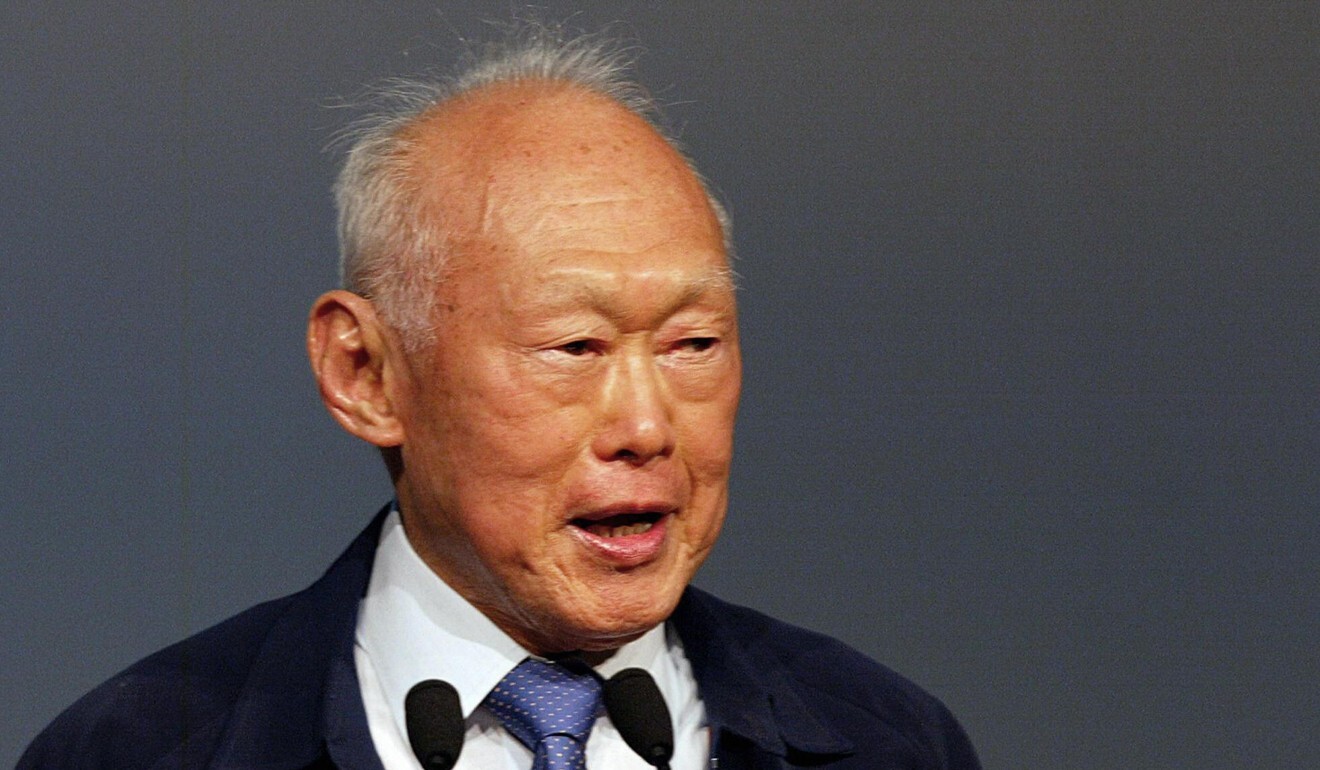
Since then, ensuring racial harmony has become an existential issue for Singapore, amid worries that fault lines could be exploited, including by foreign sources, to destabilise the country. With ethnic Chinese making up about three-quarters of the 3.5 million citizen population, and Malays 15 per cent and Indians 7.4 per cent, multiculturalism and meritocracy have been emphasised in identity-building efforts in schools and workplaces.
The model taking on Hong Kong’s prejudiced fashion world
There are also strict laws. Last year, the country changed its Maintenance of Religious Harmony Act to limit foreign influence on religious groups. People found to “promote feelings of ill will and hostility between different races or classes of the population” face fines of up to S$5,000 (US$3,600), and/or imprisonment of up to three years. It is also a crime to wound the feelings of another religious community.
But these rules have inadvertently led to people going straight to the police to settle issues of race and religion, some analysts point out.
NTU sociologist Laavanya Kathiravelu said this suggested Singaporeans felt they needed a “third party and seemingly neutral arbitrator to mediate issues of race and religion in Singapore”.
Yet there have been signs that the government is more willing to open up the space for conversation, albeit in a closely managed way.

02:48
Coronavirus: Asian actors hit back at anti-asian racism
In 2016, difficult discussions on race were aired on national television for the first time. Member of parliament Janil Puthucheary, as chairman of OnePeople.sg – a non-profit set up by the government to promote harmony – hosted a documentary on race relations.
In one scene, participants stood in one line, then took a step forward or backward as they responded to questions from Puthucheary. Had they ever been the only person of their race in a room? Had they been made fun of because of the colour of their skin? Where the participants stood at the end of the questions marked their comparative privilege.
On race, Singaporeans must open their eyes at home to thrive abroad
This was probably the first time that the privilege enjoyed by the majority race was discussed on national television. And it was a shock for the participants at both ends of the spectrum to see where they ended up. A Chinese man said he felt lousy that there were people who had been discriminated against without the Chinese realising it; an Indian woman didn’t expect to land right at the back. “I thought I’d be somewhere in between,” she said.
HOW TO TALK ABOUT RACE
Academics attribute the different approach youth have towards talking about race to their exposure to similar conversations across the globe taking place on social media, and greater acceptance of how other cultures discuss sensitive issues.
“It is the more IT savvy, globally exposed, social media friendly younger generation that is demanding change,” said Mohamad Shamsuri Juhari, a researcher from the Institute of Policy Studies.
The two 22-year-old Singaporeans behind Instagram page Lepak Conversations, set up to “encourage respectful discussions about things that matter to the Malay community”, said it was about fulfilling needs that go beyond the bread-and-butter issues their parents and grandparents had to deal with. “We don’t need to fulfil survival any more, so we’re trying to instead grapple with more complex worldly topics like identity and ethnicity,” they said, adding that they preferred not to reveal their names.
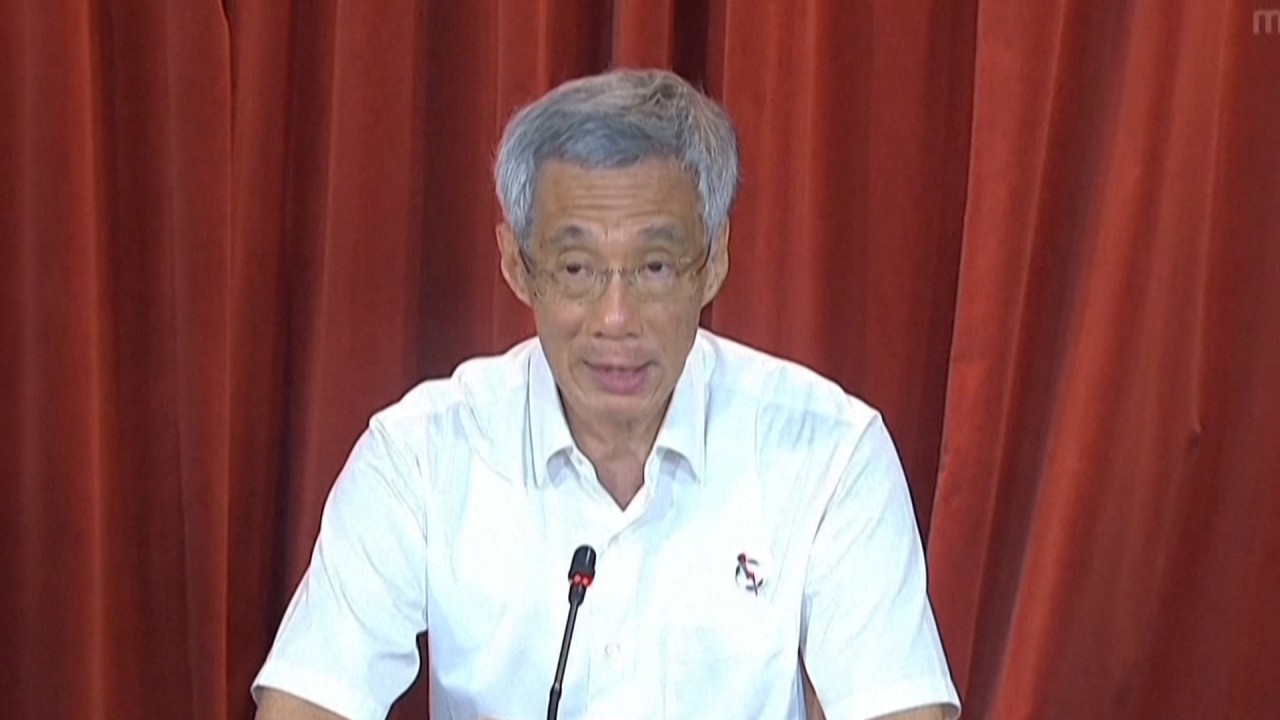
01:03
Singapore election: Prime Minister says he has ‘clear mandate’ despite slipping support
Some like NTU undergraduate Nivash Joyvin Xavier, 23, believe the education path they took played a part. He studied at Ngee Ann Polytechnic, one of the eight pre-university institutions that emphasise practical training as opposed to the more academically focused junior colleges, that have tougher criteria for entry and are seen as more elite.
Polytechnic cohorts have grown larger over the years and this allows for more mingling between youngsters of different ethnic and social backgrounds.
In 2008, 32,579 students were enrolled in junior colleges, compared to 24,367 in ITEs and 76,756 in polytechnics. A decade later, 29,012 were in junior colleges, 28,367 in ITEs and 85,186 in polytechnics.
Beware rise of technology-fuelled racism in Asia: UN report
Xavier said most of his friends in secondary school were Chinese but in the polytechnic, his circle expanded to include others of different races.
“I think polytechnics sort of levelled everything out because there is no one ‘elite’ polytechnic nor is there a ‘Mission’ or ‘Chinese’ polytechnic. I think in a way this allows for students from more diverse backgrounds to come together,” he said.
“I find it easier to express my opinions on race when I have more members of the minorities present in the discussion.”
Singapore activists warn of xenophobia as foreigners take the blame for social ills
Yet some would see public discussions of race as “rocking the boat”, IPS’ Shamsuri said.
“My perspective is that it is still a ‘fight’ between forces of outward ‘shows of protest’ which may be unacceptable to some, discussions behind closed doors, and keeping the status quo.”
Law minister K. Shanmugam, who has defended the government’s approach to managing race relations, told local media after the election: “We need to come to a framework that works for Singapore, that takes into account how people feel that there’s a different way of discussing these things beyond the traditional.”
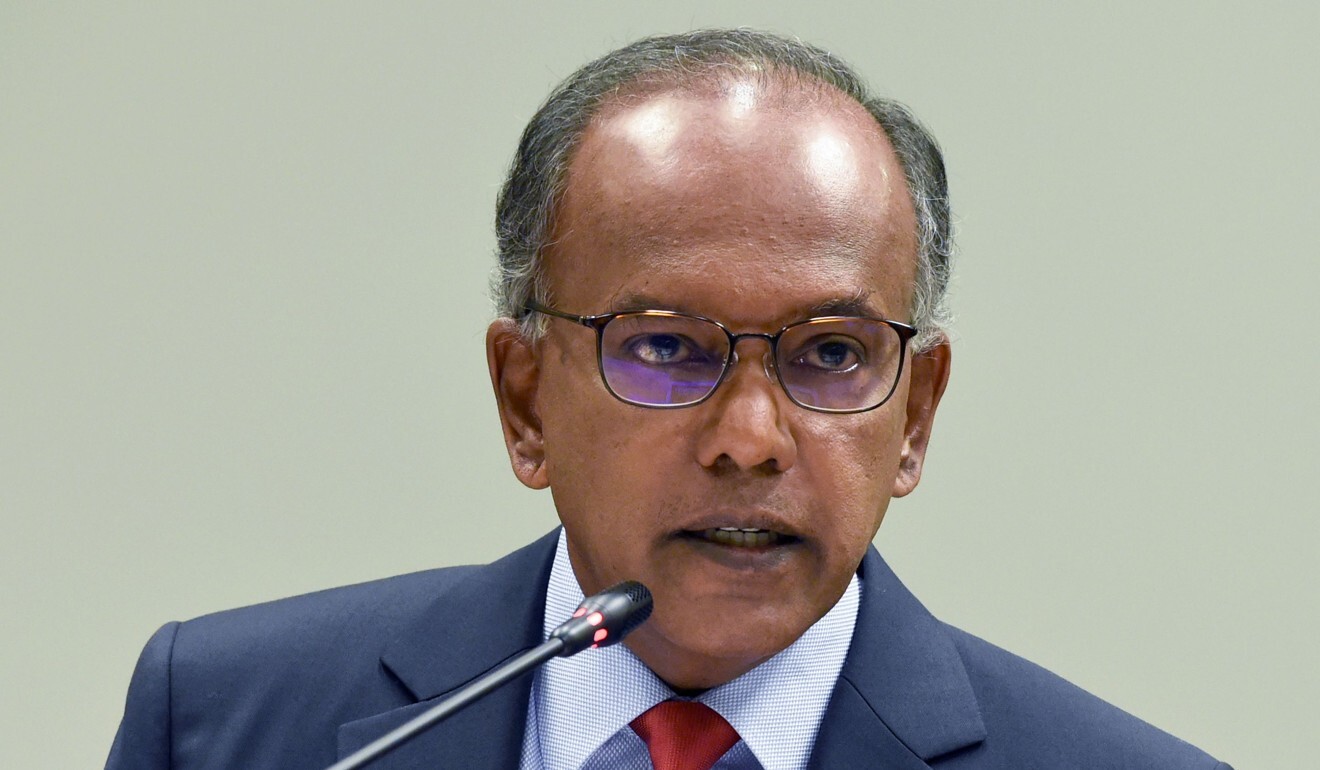
Kathiravelu said that while boundaries must be set and serious threats or racism should be called out, “low-stakes discussions should be encouraged without threat of immediate censure”.
“People seem to want a space to talk about these issues of race and racism without fear of being reported and where people can debate and disagree.”
Singapore’s ‘brownface’ saga sparks debate on race as rap video condemned
Education Minister Ong Ye Kung said school principals had been encouraged to hold in-depth conversations and that the ministry was training teachers on how to facilitate discussions on race and religion. But he stressed that this would have to be done in a way suitable for Singapore.

“We are constantly under the influence of American social media, American pop culture, but we are not American. Our histories are totally different.”
Academics agreed there were legitimate concerns about imitative politics inspired by woke culture – a term originating in the US that refers to awareness of issues concerning social and racial justice – taking hold but this should not obscure the issues that had led youngsters to seek more open dialogue.
NTU’s Walid said Singapore should learn from other cultures and adapt their lessons to its own needs.
Kathiravelu chimed in: “Ideas of justice and equality are not Western but universal ideals even reflected in our national pledge.”
How cancel culture became a political force in Asia
Shamsuri said one helpful change would be to have equal opportunity legislation. Another would be laws to create a whistle-blower unit sited in an ombudsman office so people could report racial abuse instead of going to the police.
“I think there should be a central office for this. What can follow is an open investigation and penalties imposed on the offending party/parties. I think this will be the fastest way to resolve and prevent actions or perceptions of actions which are discriminatory,” he said.
Kathiravelu said how Singapore struck this balance would be closely watched. “Many countries and people will be interested to watch and learn from Singapore since we have been lauded as having a well-functioning multiracial society,” she said. ■


